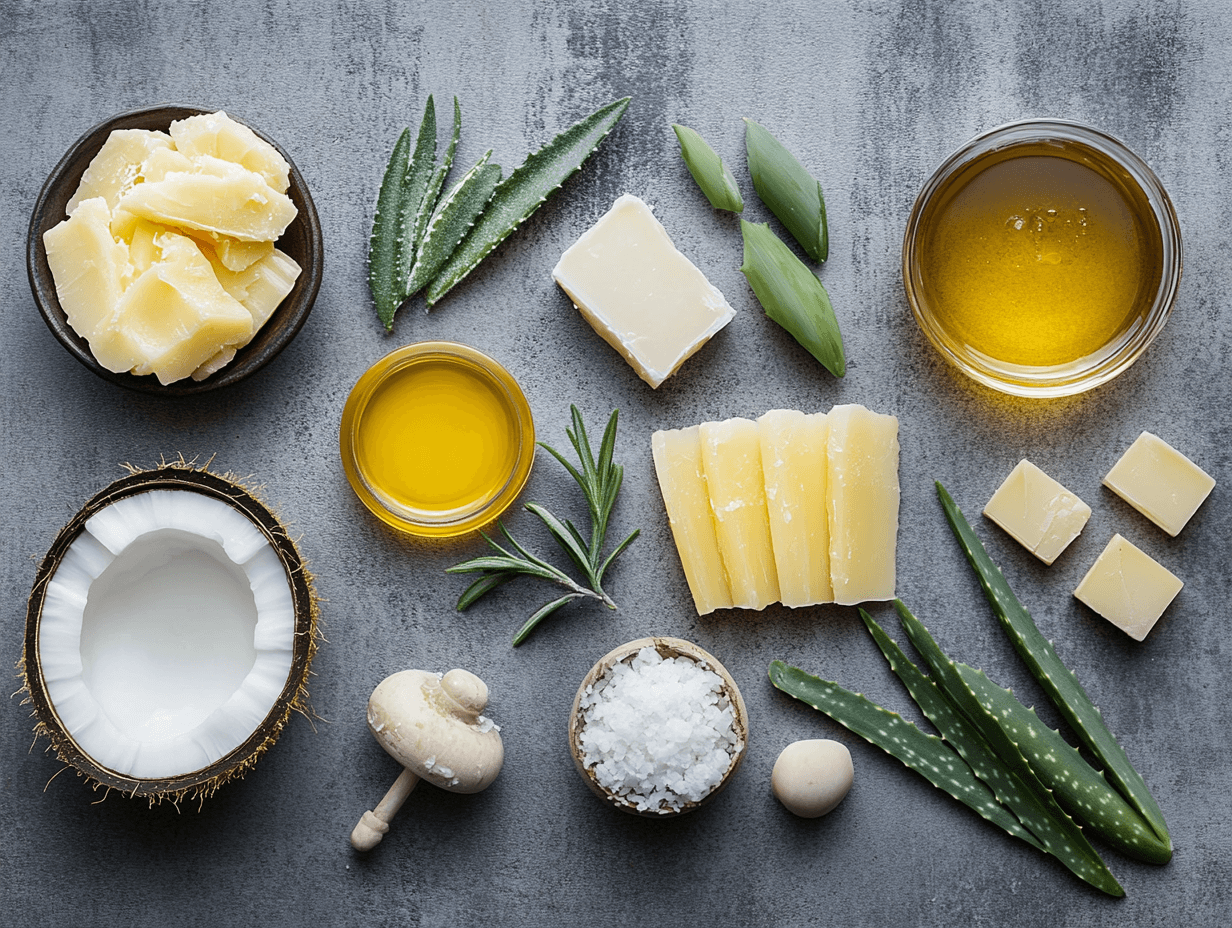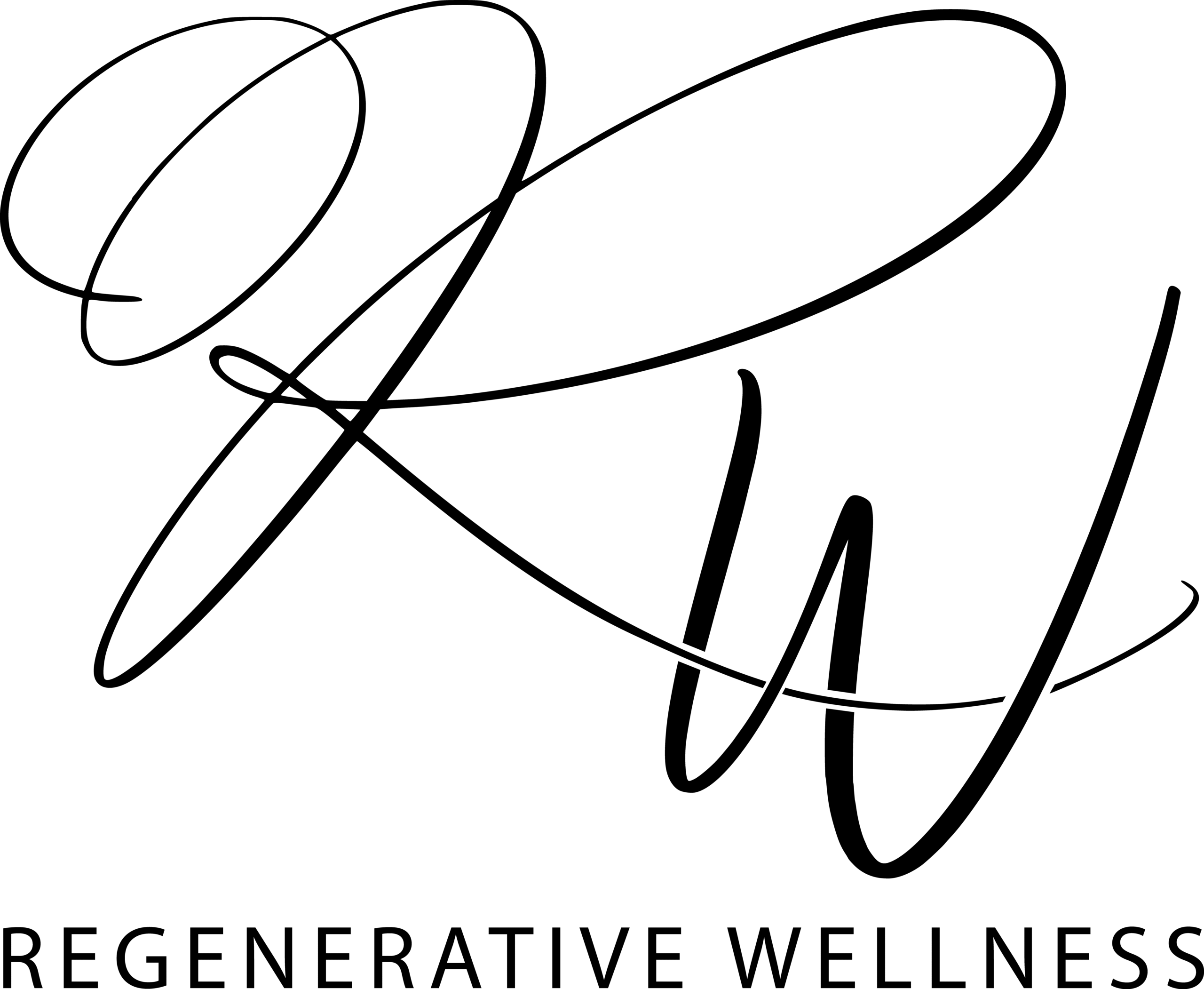
When it comes to skincare, understanding the role of different natural skincare ingredients can significantly improve the health and appearance of your skin. In skincare, emollients and humectants are essential for hydration and skin health. These ingredients work together to protect the skin barrier and improve moisture retention. This article explores emollients vs humectants, how they work, and which best natural moisturisers contain them.
What is an Emollient?
An emollient is a substance that helps soften and smooth the skin. It works by creating a thin protective layer on the skin’s surface, sealing in moisture and preventing water loss. Emollients in skincare are primarily used to soothe dry, irritated, or damaged skin. They reduce roughness and flakiness, leaving the skin smoother and more supple.
Many emollients and humectants are used in skincare to restore the skin’s natural barrier, making it more resilient against wind, cold, and pollutants. This combination keeps the skin hydrated and protected. However, emollients and humectants work best together. Emollients lock in existing moisture, while humectants draw in additional hydration, ensuring maximum skin hydration and protection.
Natural Emollient Examples:
- Shea Butter – A rich emollient packed with fatty acids, shea butter is one of the best emollients for sensitive skin. It deeply nourishes and softens while restoring elasticity, making it a favourite in natural skincare ingredients.
- Coconut Oil – This versatile emollient forms a barrier on the skin, preventing moisture loss while offering soothing benefits to inflamed or irritated skin.
- Tallow – Rendered from animal fat, tallow is a traditional emollient rich in essential fatty acids. It is highly compatible with the skin’s natural oils and nourishes dry or mature skin.
- Lanolin – Derived from sheep’s wool, lanolin is a powerful moisturising ingredient that locks in hydration and forms a protective barrier on the skin. This makes it ideal for cracked heels, elbows, and lips.
What is a Humectant?
A humectant is a substance that attracts and retains moisture from the environment or deeper skin layers. Unlike emollients, humectants actively draw water into the skin rather than simply locking it in. As a result, they are especially beneficial for dehydrated skin and are commonly found in serums, creams, and lotions.
How humectants work is simple—by pulling moisture into the skin, they keep it hydrated and plump. However, they work best when paired with emollients, as the emollients prevent moisture from evaporating too quickly.
Natural Humectant Examples:
- Honey – A natural humectant that draws moisture from the environment into the skin. Honey also has antimicrobial properties, making it great for soothing and healing dry or irritated skin.
- Aloe Vera – Known for its hydrating and soothing abilities, aloe vera contains compounds that attract moisture and help lock it in, making it beneficial for sunburns, dry patches, and skin irritations.
- Vegetable Glycerine – A popular humectant in skincare, plant-based glycerine draws moisture into the skin, keeping it hydrated for longer. It is often used in natural skincare as a more eco-friendly alternative to synthetic glycerine.
Emollients and Humectants in Combination
Both emollients and humectants play a crucial role in skin hydration, working together to create the best combination for healthy, moisturised skin. While humectants bring moisture into the skin, emollients ensure that moisture stays locked in, preventing moisture loss. Together, they create the best combination of humectants and emollients to keep the skin hydrated, soft, and protected.
For example, a moisturiser containing honey (a humectant) and shea butter (an emollient) provides deep hydration while ensuring long-lasting moisture retention. This combination is ideal for people with dry or sensitive skin, as it delivers both instant and long-term benefits.
Choosing the Best Moisturisers with Emollients and Humectants
When selecting a moisturiser, it’s essential to find one with both humectants and emollients to maximise hydration. Some of the best emollient-based moisturisers combine plant-based humectants like aloe vera with rich emollients like shea butter or coconut oil.
Additionally, those with oily skin may prefer lighter emollients like squalane or jojoba oil, while individuals with very dry skin may benefit from heavier options like lanolin or tallow.
Conclusion
In skincare, both emollients and humectants are essential for keeping skin hydrated, healthy, and protected. Emollients like shea butter, coconut oil, tallow, and lanolin work by smoothing and softening the skin, while humectants like honey, aloe vera, and plant-based glycerine help attract and retain moisture.
By choosing skincare products that contain both emollients and humectants, you can achieve optimal hydration, long-lasting moisture, and a healthy, radiant complexion
For more details on emollient and humectants, visit our resources page here.
Resources
The Skin Barrier and Moisturisation: Function, Disruption, and Mechanisms of Repair



